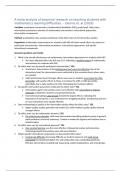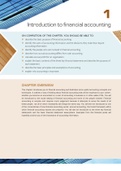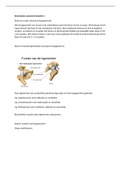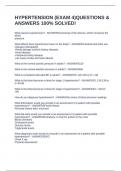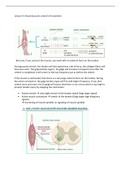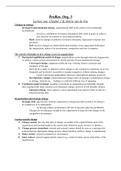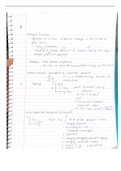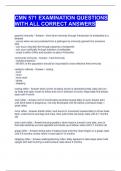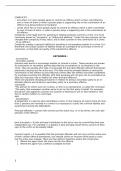mathematics learning difficulties. – Dennis et. al (2016)
Variables: participant characteristics (mathematical disabilities [MD], grade level), effect sizes,
intervention parameters, domains of mathematics interventions, instructional approaches,
intervention components.
Method: quantitative meta-analysis (synthesis) of the effect sizes of 25 intervention studies.
Hypothesis: mathematics interventions for students with MD will show varied effect sizes based on
participant characteristics, intervention parameters, instructional approaches, and specific
instructional components.
Research questions and results:
1. What is the overall effectiveness of mathematics intervention approaches for students with MD?
The mean adjusted effect size (ES) was 0.53, indicating a positive impact of mathematics
interventions for students with MD.
2. Do effect sizes vary by specific participant characteristics? YES.
Grade level: Interventions at the kindergarten level were less effective than at the
elementary level. No interventions were conducted at the secondary level, where more
are needed.
Math performance level: Stronger effects were seen in students at or below the 35th
percentile, with weaker effects in those at or below the 40th or 50th percentile,
potentially due to false positives for MD, diminishing the treatment effects.
3. Do specific intervention parameters moderate the effect sizes? YES.
Intervention agent: Interventions were more effective with researchers or trained
assistants compared to teachers and paraprofessionals.
Instructional grouping: Large groups showed the largest effects, indicating the
importance of strong Tier 1 core instruction for struggling students. Small-group and one-
on-one instructions were equally effective.
4. Does methodological quality of the intervention studies affect the effect sizes? YES.
Higher-quality studies generally had smaller ESs, while medium-quality studies showed
stronger effects.
5. Do effect sizes vary by mathematics domains? YES.
ESs varied across domains, with most interventions benefiting students except in general
math proficiency and early numeracy. Caution is needed for algebra and fractions due to
limited studies.
6. Do effect sizes vary by instructional approach? YES.
Peer-assisted learning was the most effective, followed by teacher-led instruction.
Technology-based interventions were the least effective.
7. Which specific instructional components can best predict effect sizes?
Control task difficulty (increasing difficulty as students improve) and small group
instruction best predicted higher ESs, with elaboration also contributing positively.
Effective interventions included task sequencing, explicit explanations, and small groups.
, Conclusion: Mathematics interventions for students with MD are generally effective, with varying
impacts based on participant characteristics, intervention parameters, and instructional approaches.
Key predictors of success include control task difficulty and small group instruction.
Strengths: Includes a wide range of studies and intervention types; builds on earlier syntheses with
recent studies.
Limitations:
1. Publication Bias: Exclusion of non-peer-reviewed studies may introduce bias.
2. Small Sample Size: Limited number of studies affects the reliability of moderator analyses
and may reflect results from a single research team or study.
3. Study Design Restriction: Exclusion of single-subject studies means that the analysis missed
interventions evaluated through this design, potentially overlooking relevant findings.


